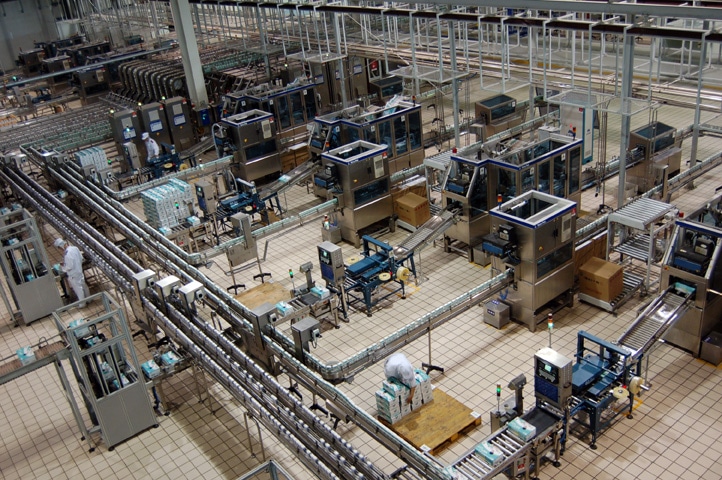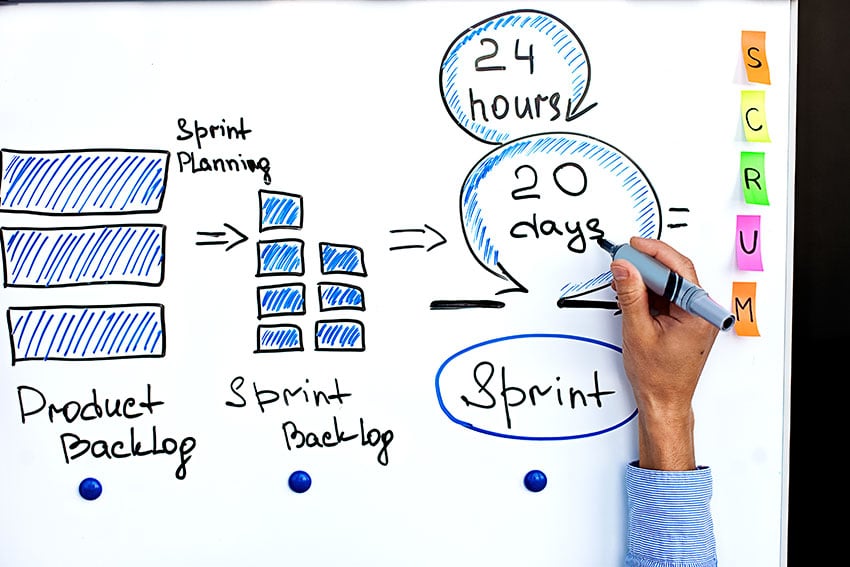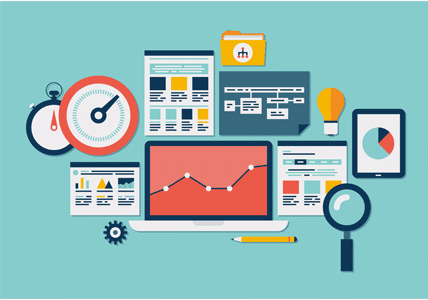In the last couple of decades, the whiteboard has become a ubiquitous corporate office tool. Also known as dry erase boards, they rose to an almost cult status in the 1990s and have now become permanent fixtures in many corporate boardrooms and meeting rooms.
In the past, whiteboards have proven to be useful tools when collaborating with multiple colleagues, brainstorming, and jotting down thoughts and ideas during meetings. The tools are intuitive (foolproof, really) and pay homage to our visual learning tendencies.
So, why are whiteboards now going extinct in business environments?
Not Accessible From Everywhere
But in the digital age, this simple whiteboard just isn’t enough for project management. In the age of telecommuting, many employees work remotely. Most day-to-day business communication takes place via email. And more meetings now take place on Skype rather than in traditional boardrooms, making the old-school whiteboard a bit obsolete.
Not Completely Collaborative
Generally, even with IWB, only one to two people can make notes simultaneously on whiteboards. This makes engaging everyone in a particular meeting difficult to impossible.
And when multiple employees are spending valuable time to come together to collaborate, it makes sense to maximize on their ability to engage to get the most ideas for your project.
Limited Space
Obviously, a physical whiteboard only has a limited amount of space on which to write notes, draw graphs or brainstorm ideas. And once you’ve run out of room, everything must be erased. Or managers must resort to taking quick photos with their phones and emailing them to team members.
Having to start from scratch each time you fill every nook and cranny is enough to cause frustration amongst team members.
So, what’s the solution?
Employees can use laptops and mobile devices and Skype in remote employees to collaborate during on-site meetings. But when even this isn’t possible, visual workflow management programs are a potential tool that meets all the aforementioned criteria, including a digital whiteboard. These tools can offer real-time collaboration from anywhere via the cloud while also providing project managers a single, easy-to-use platform to visualize projects from start to finish.






